Due to its potent effects, Triphala is one herbal mixture that is frequently referenced while discussing Ayurveda, the traditional Indian medical system. For more than a thousand years, the herbal mixture has been utilised in Ayurveda to cure various ailments. And as a result of its powerful health advantages, it is now gaining popularity on a global scale. It can be taken as a supplement or in powder form to treat a variety of conditions, from stomach problems to cavities in the teeth. Additionally, it is thought to lengthen life and enhance general health.
Table of Contents
About Triphala
Triphala (tri means "three" and phala means "fruits" in Sanskrit) is a combination of three therapeutic herbs. It is a herbal concoction that is high in antioxidants and is referred to by Ayurvedic doctors as a Rasayana (rejuvenator) drug. The many health advantages of triphala are attributed to the combination of the three fruits.
Composition of Triphala
Triphala is a concoction of the dried fruits of the three Indian native plants listed below:
Indian gooseberry, sometimes referred to as amla, is a fruit that is high in antioxidants, vitamin C, amino acids, phyllembelic acid, rutin, curcuminoids, and emblicol. This fruit can support the body's detoxification processes, control pancreatic function, lower cholesterol, and maintain bone density.
Black myrobalan: Also known as bibhitaki or black myrobalan, black myrobalan controls cholesterol levels and maintains the health and strength of bones and muscles. It is rich in nutrients such flavonoids, lignans, ellagic acid, tannins, and gallic acid.
Haritaki: This fruit, which resembles a nut, is loaded with anti-inflammatory and antioxidant compounds. Phytochemicals such as terpenes, polyphenols, anthocyanins, and flavonoids are abundant in it. This herb is frequently used to treat digestive problems like constipation in Ayurvedic medicine.
The fruits of Terminalia chebula that are harvested in the spring are rich in tannins like gallic acid, ellagic acid, chebulic acid, chebulinic acid, chebulagic acid, neo chebulinic acid, corilagin, terchebin, punicalagin, and terfavin, flavonoids like rutins, luteolin, and quercetin, starches, amino acids like glutamic acid.
Nutritional value of Triphala:
The fruits of the Terminalia bellerica plant include proteins and oils that contain fatty acids omega-3 and omega-6 (linoleic acid). This plant is beneficial in treating coronary artery disease because of its high fatty acid content, which affects cholesterol levels by raising levels of high-density lipoprotein (good cholesterol) and lowering levels of low-density lipoprotein (bad cholesterol). Fruits from Phyllanthus emblica, often known as amla, are rich in ascorbic acid, or vitamin C. 2
The bitterness of amla may be attributed to its high tannin density. Additionally, these fruits include phyllanemblinin A, gallic acid, ellagic acid, flavonoids, and kaempferol, as well as punicifolia and phyllemblin.
Health benefits of Triphala
The three doshas that govern human life—Vata, Pitta, and Kapha—can be balanced and rejuvenated by this Rasayana, which Ayurveda refers to as a tridoshic Rasayana. Because of the qualities listed below, it is frequently employed in a variety of illness situations.
Helps to fight infection
- Triphala and its constituent parts have proven to be highly effective antibacterial agents against a range of pathogens.
- There is evidence that triphala churna works to treat the human immunodeficiency virus (HIV).
- The antibacterial effects of triphala churna and triphala mashi have been demonstrated against a variety of microorganisms, including E. coli and S. aureus.
Helps in dental care
- Triphala decreased chemical levels that have been linked to tissue deterioration in periodontitis.
- Clinical trials showed that triphala mouthwash is just as effective as chlorhexidine at reducing plaque levels and microbiological levels of Lactobacillus.
Helps to destress
- Supplementing with triphala has been demonstrated to reduce stress.
- By raising lipid peroxidation and corticosterone levels, triphala therapy can avoid the behavioural and biochemical abnormalities brought on by cold stress.
- Triphala shields mice from changes in antioxidant and cell-mediated immune response brought on by noise.
Helps in weight loss
Triphala is an effective cleanser. It facilitates the removal of toxins from the large, small, and stomach intestines. Additionally, the combo works as a colon toner, strengthening and toning the tissues of the colon to maintain the health of your digestive system. A healthy digestive tract facilitates faster digestion, aids in the prevention of constipation, and aids in weight management.
Helps to fight against cancer
This Ayurvedic concoction has additionally demonstrated success in preventing the development of malignant cells in a lab experiment. In a mouse experiment, the substance found in it was able to stop the growth of stomach, pancreatic, and lymphoid malignancies. Strong antioxidants like gallic acid and polyphenols found in triphala are thought to aid in the prevention of cancer.
Anti-inflammatory properties
This Ayurvedic concoction has additionally demonstrated success in preventing the development of malignant cells in a lab experiment. In a mouse experiment, the substance found in it was able to stop the growth of stomach, pancreatic, and lymphoid malignancies. Strong antioxidants like gallic acid and polyphenols found in triphala are thought to aid in the prevention of cancer.
How to incorporate triphala in your diet?
Triphala comes in a variety of forms. Depending on your preference, you can purchase liquid, powder, or capsules. For optimal absorption, it is advised to take this herbal medicine on an empty stomach, between meals. The daily doses that are advised range from 500 mg to 1 gramme. This herbal can be consumed in four distinct ways.
- Add 1 spoonful of triphala powder to a glass of cold water, let it sit overnight, and then drink. Drink the concoction in the morning.
- A teaspoon of triphala powder, honey, and cinnamon should be added to a glass of water and left overnight. Add a tablespoon and a half of honey to this mixture and consume it in the morning.
- Take one triphala tablet before bedtime with a cup of warm water.
- You can also make Triphala tea using Triphala powder. Add a tablespoon of Triphala powder to a cup of boiling water to make the tea. Take your hot beverages after letting the mixture steep for 10 minutes.
FAQs on Triphala
Q: What is Triphala?
A: The dried fruits from three different plants, Terminalia chebula (black myrobalan), Terminalia bellerica (bastard myrobalan), and Phyllanthus emblica, make up the ayurvedic herbal preparation known as triphala (emblic myrobalan).
Q: How is triphala churna used?
A: Triphala churna is said to go well with ghee, honey, or milk.
Q: Can we drink milk with triphala churna?
A: Yes, we can drink milk with triphala churna.

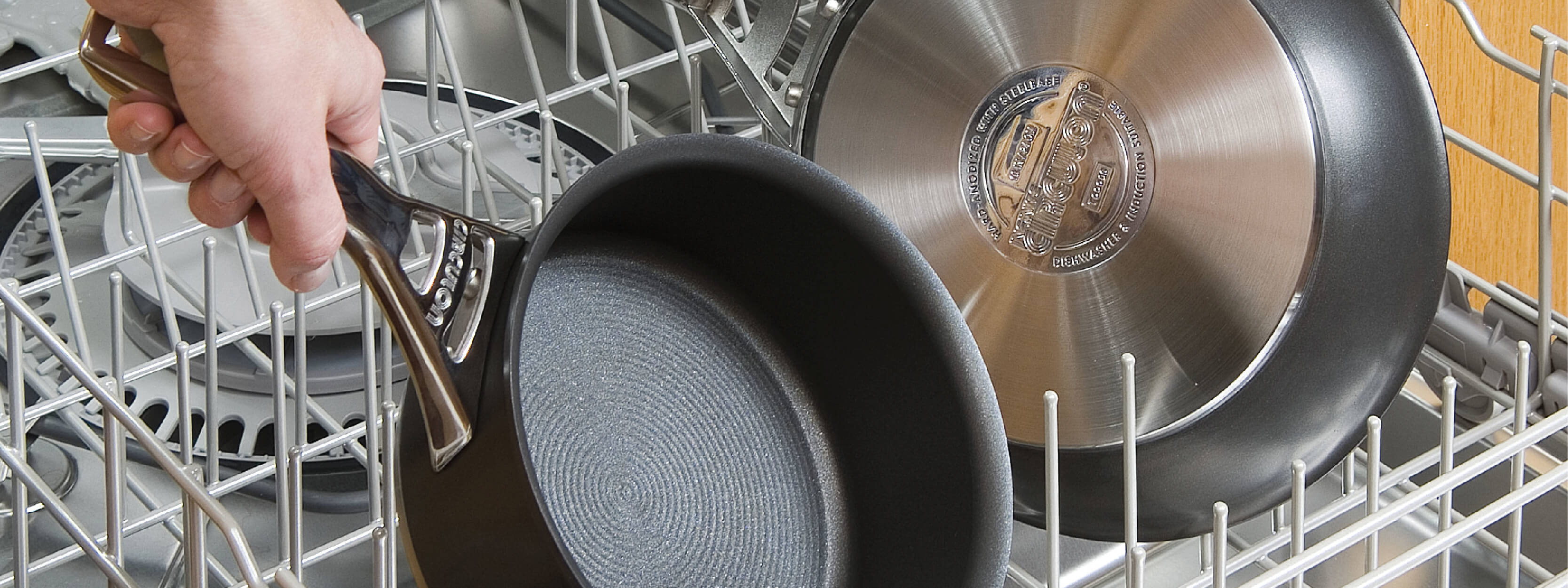
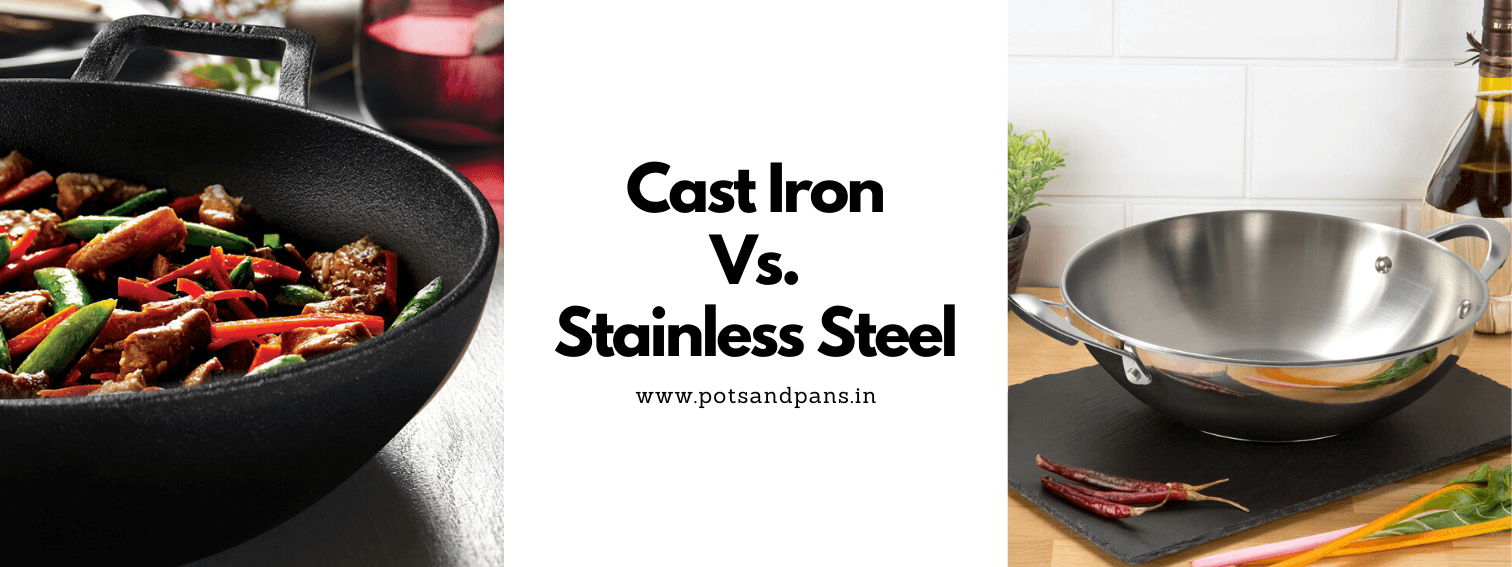
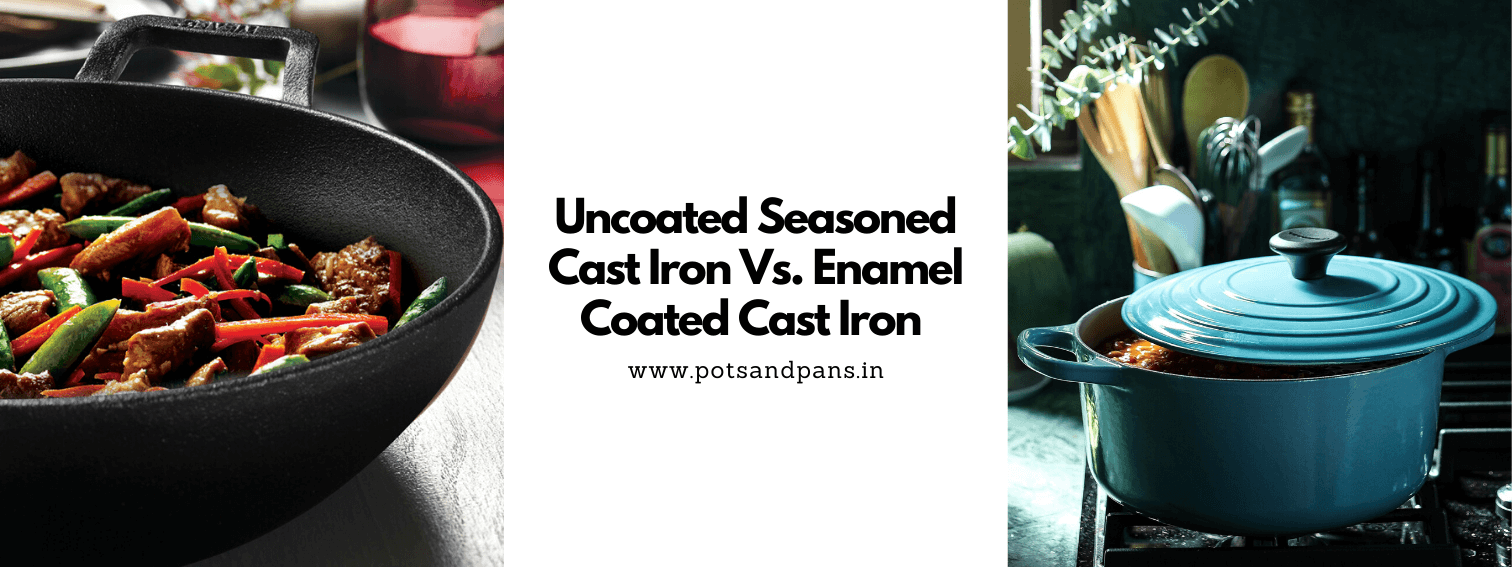

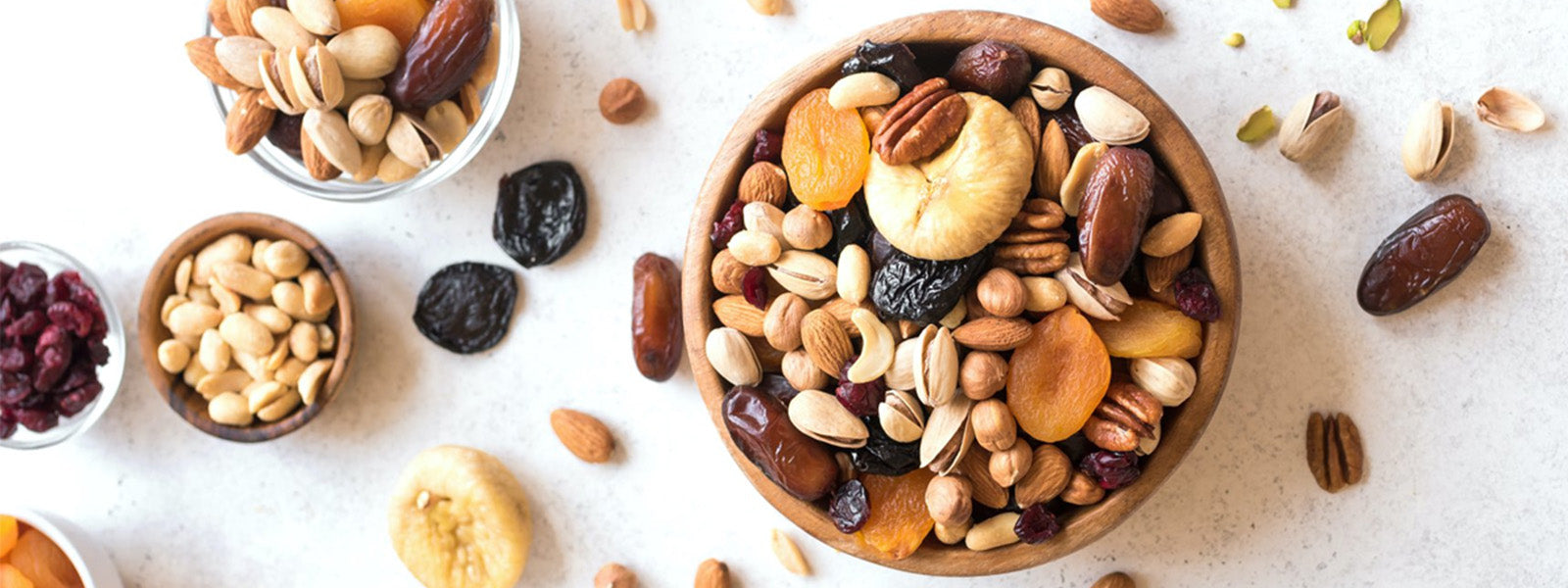

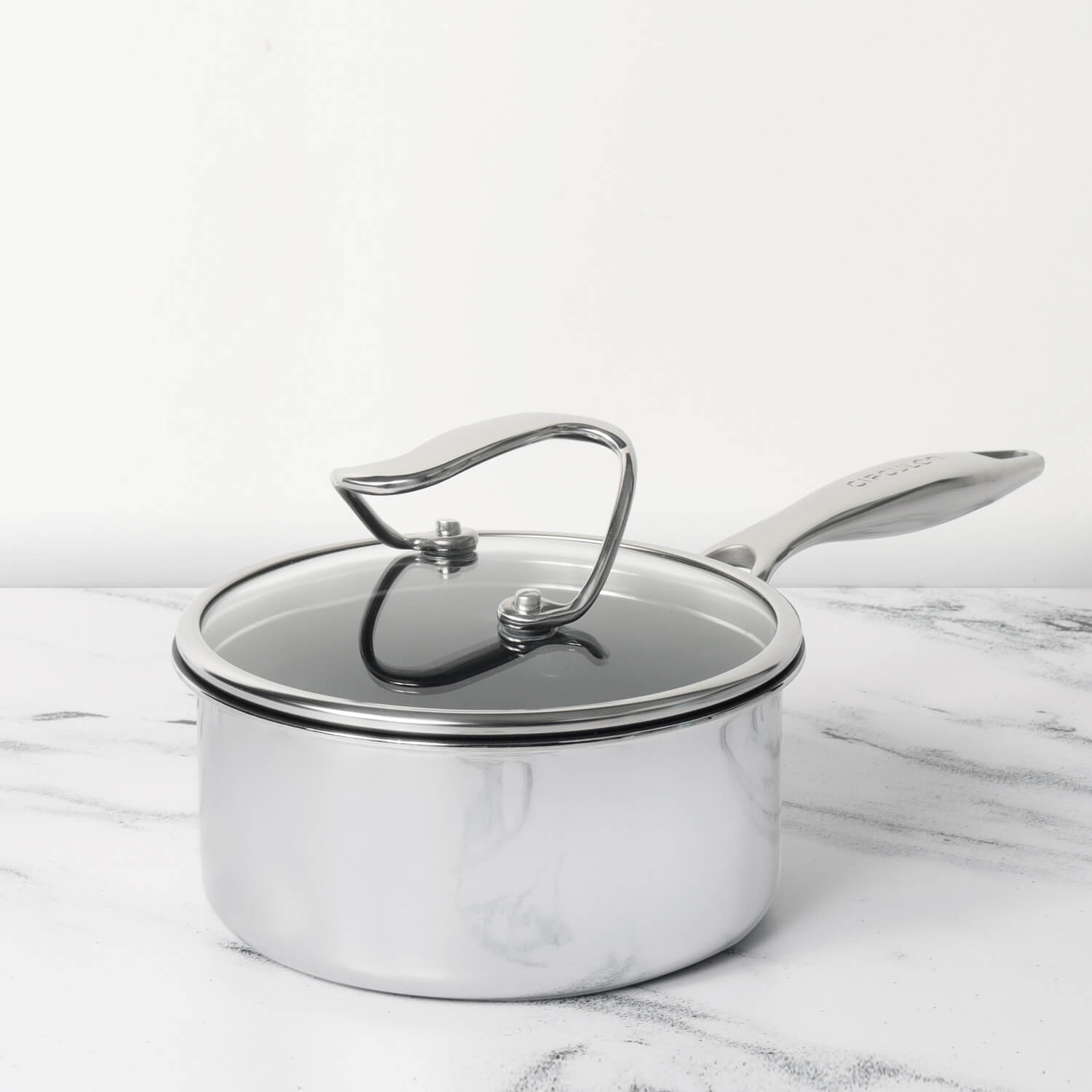
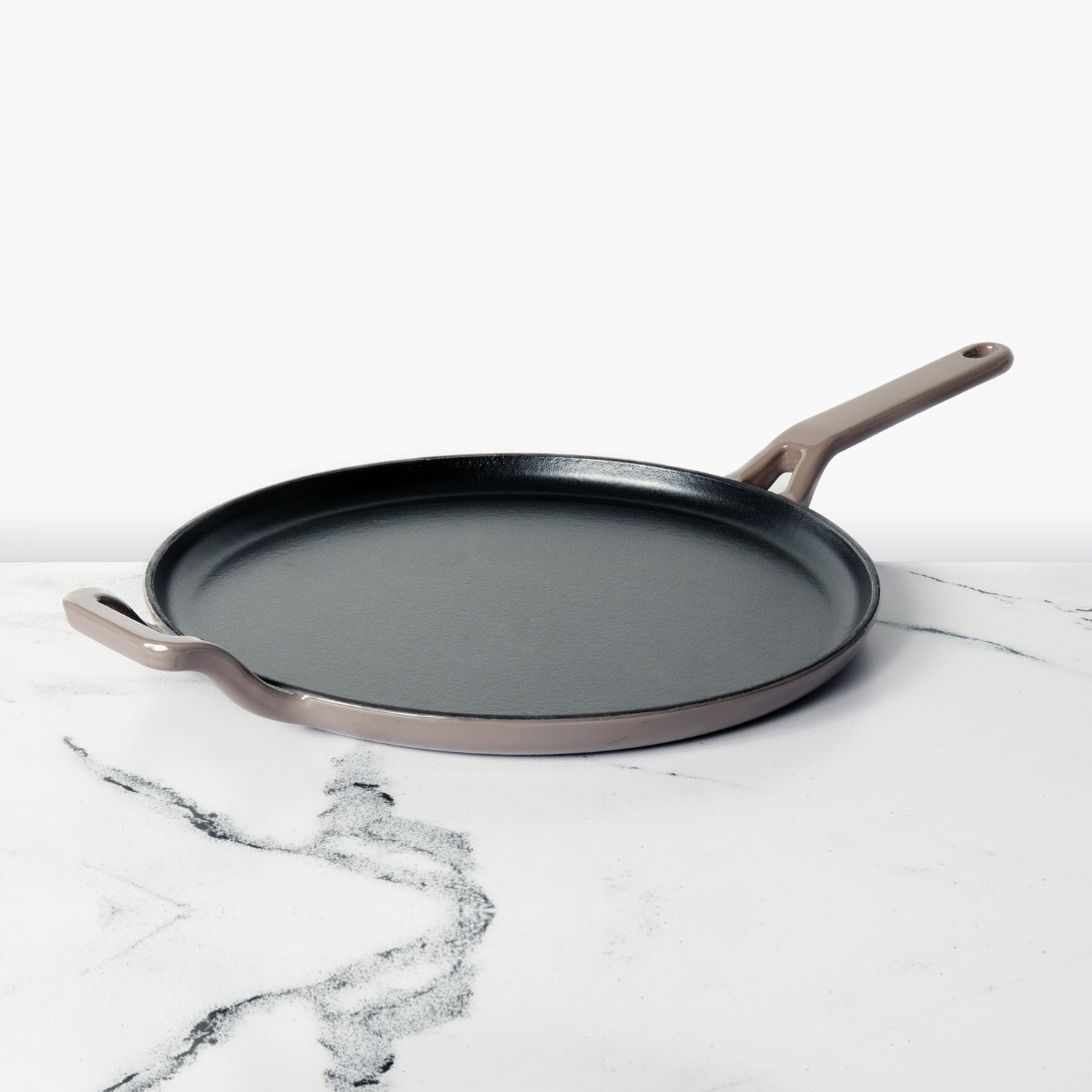




Leave a comment